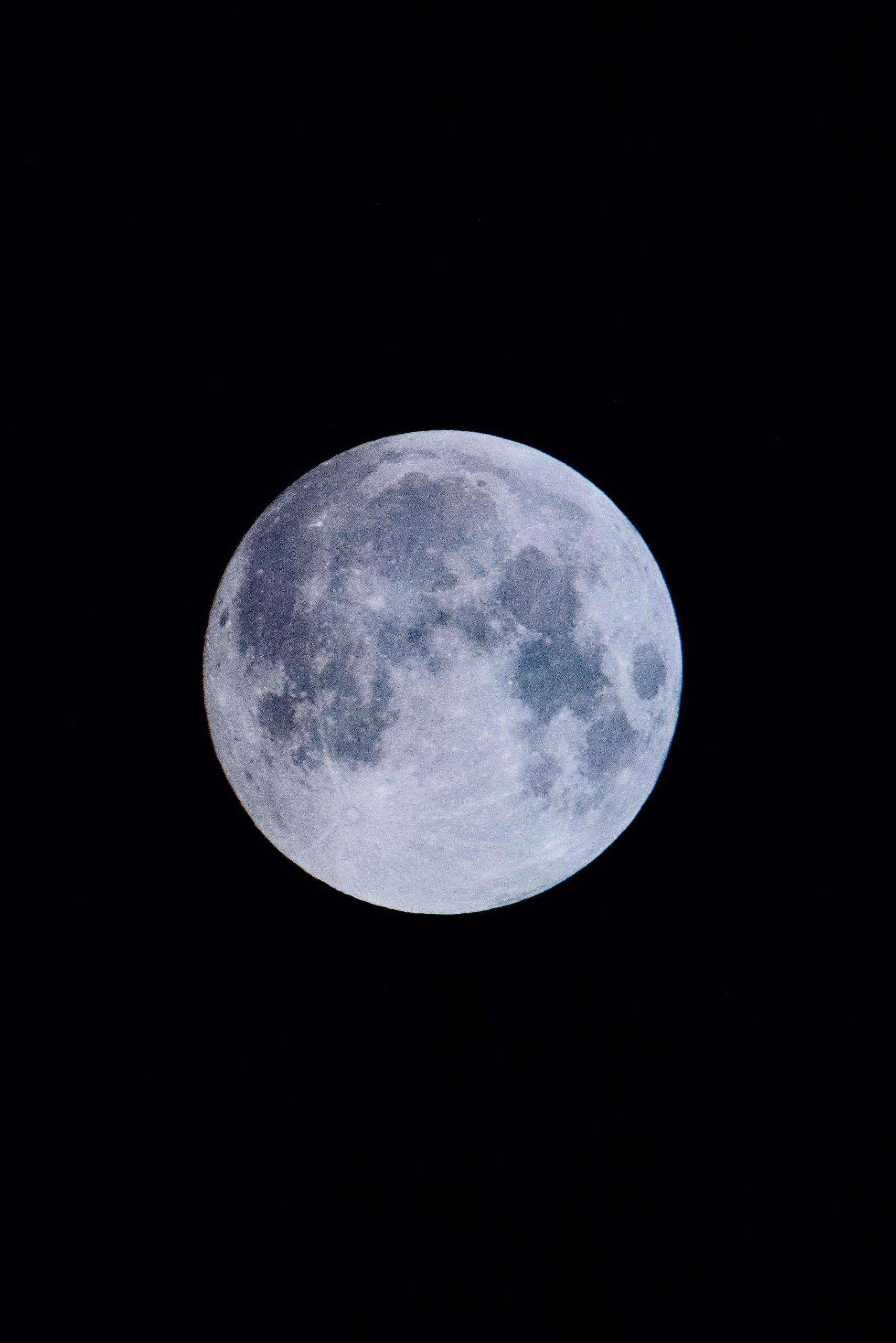The Meaning of Full Moon Day: A Guide to Understanding the Lunar Phenomenon
Have you ever found yourself captivated by the luminous beauty of a full moon night? The radiant glow, the ethereal ambiance, and the sense of wonder it invokes have intrigued humanity for centuries. Full moon days hold significance across cultures and have been shrouded in myth, folklore, and spiritual beliefs. In this blog post, we will explore the meaning of full moon day and delve into its various interpretations and celebrations.
## Origins and Scientific Explanation
Before we delve into the cultural and spiritual significance of full moon days, let’s start by understanding the science behind this extraordinary lunar phenomenon. A full moon occurs when the moon is positioned directly opposite the sun, with the Earth sitting in-between. As sunlight illuminates the entire side of the moon that faces us, we witness its magnificent fullness.
The lunar cycle, which spans approximately 29.5 days, consists of different moon phases, including the new moon, first quarter, full moon, and last quarter. Full moon days mark the midpoint of this cycle, representing a moment of peak illumination and undeniable beauty. While the scientific explanation of a full moon might seem straightforward, its cultural and spiritual significance varies greatly across different societies.
## Cultural Interpretations and Traditions
### Ancient Greek Mythology: Lunar Goddesses and Symbolism
In ancient Greek mythology, the full moon was associated with lunar goddesses such as Artemis (the huntress) and Selene (the personification of the moon). Full moon nights were considered auspicious, and various rituals were conducted to honor these lunar deities. The moon’s association with femininity, fertility, and nature’s cyclical patterns deeply influenced Greek culture.
### Diwali: The Festival of Lights
In Hinduism, full moon day holds great importance during the month of Kartik (October/November), when the festival of Diwali is celebrated. Diwali, also known as the “Festival of Lights,” signifies the victory of light over darkness, good over evil. Homes are adorned with vibrant lights and lamps, symbolizing the triumph of righteousness. This joyous occasion is a time for families to gather, exchange gifts, and offer prayers to deities. The full moon serves as a guiding light, illuminating the way to prosperity and enlightenment.
### Mooncake Festival: Mid-Autumn Celebrations
In many East Asian countries, including China, Vietnam, and Malaysia, the full moon during the mid-autumn harvest is honored through the Mooncake Festival. Families come together to celebrate unity, the abundance of the harvest, and offer gratitude to the moon. Mooncakes, delectable pastries filled with sweet or savory fillings, are shared as a symbol of togetherness and good fortune.
### Purnima: A Sacred Day in Buddhism
Purnima, meaning “full moon” in Sanskrit, has significant importance in Buddhism. It is believed that key events in the Buddha’s life occurred on full moon nights, including his birth, enlightenment, and passing away into Nirvana. Buddhists often observe full moon days by engaging in meditation practices, performing acts of kindness, and reflecting on the teachings of the Buddha. These celestial moments are seen as an opportunity for spiritual growth and self-reflection.
### Harvest Moon: A Ritual of Harvesting
In agrarian societies, full moon days served as a practical marker for agricultural activities such as harvesting. The “Harvest Moon,” which usually falls closest to the autumnal equinox, allowed farmers to extend their work hours by utilizing the moon’s illumination. This celestial alignment facilitated the gathering of crops well into the night, maximizing productivity and ensuring a bountiful harvest.
## Full Moon Day and Spirituality
Beyond cultural traditions, full moon days also hold significance in spiritual practices and celestial beliefs. Many individuals believe that the full moon intensifies energy levels, amplifies emotions, and enhances spiritual connections. It is often associated with heightened intuition, psychic abilities, and the release of stagnant energy. Consequently, many spiritual seekers integrate this lunar phase into their rituals, meditations, and energy work.
## Lunar Phenomena and Folklore
Throughout history, the full moon has been linked to various folkloric tales and superstitions. Werewolves, for example, are mythical creatures said to transform under the influence of a full moon. Additionally, some people believe that the full moon has the power to induce behavioral changes, leading to increased aggression or lunacy, thus coining the term “lunatic.” While scientific studies disprove these notions, they continue to persist in popular culture.
## Conclusion
From ancient Greek mythology to spiritual practices and cultural festivals, full moon days have held significance across various traditions and belief systems. Although science provides us with a rational explanation of this celestial phenomenon, the moon’s allure and impact on humanity’s collective imagination cannot be understated. Regardless of the perspectives one holds, full moon nights continue to inspire awe, wonder, and a profound appreciation for the beauty of the universe. So, the next time you find yourself mesmerized by the luminosity of a full moon, take a moment to reflect on the rich tapestry of cultural, spiritual, and scientific elements that intertwine to make it such a captivating phenomenon.
Table of Contents
